Cutting Short-lived Climate Pollutants: Strategy Report
Short-lived climate pollutants (SLCPs) do not last as long as carbon dioxide (CO2) in the atmosphere, but they are much more potent at trapping heat. Despite its short term effects, early SLCP mitigation is essential in terms of (1) keeping global temperature change below 2°C over the next few decades and (2) buying more time for the current generation to adapt to climate change and its effects. It is especially important to direct resources toward SLCP solutions where there is no clear pathway toward success given current technology, as these emissions sources will remain for the visible future. However, SLCP mitigation is an inadequate substitute for aggressive CO2 mitigation because, unlike SLCPs, CO2 can last in the atmosphere for centuries to millennia. Therefore, SLCP and CO2 mitigation must be done in tandem.
Existing technologies can significantly reduce SLCP emissions by 2030, and there are additional methods and technologies under development that could help further control concentrations of SLCPs in the atmosphere. It seems likely that, on the whole, cutting SLCPs is not neglected because major foundations have pledged hundreds of millions of dollars to reduce global methane (CH4 ) emissions, which is the most abundant SLCP. However, there may still be pockets of need. For example, CH4 leaks from oil and gas production will likely be well-covered, but there is not a clear pathway toward reducing CH4 emissions from livestock. Giving Green will investigate SLCPs further (with a focus on reducing livestock emissions), but we need more information on how foundations have prioritized CH4 solutions to assess neglectedness.
Download the full report at the top of this page to access the full list of works cited.
This report last updated April 21, 2022. Questions and comments are welcome.
Background
Short-lived climate pollutants only persist for a short period.
SLCPs are greenhouse gases (GHGs) that persist in the atmosphere for a shorter period than long-lived climate pollutants (LLCPs), such as CO2 and nitrous oxide (N2O). A brief description of the main LLCPs and SLCPs follow in the table below. Our report primarily focuses on CH4 because it is the most abundant SLCP.
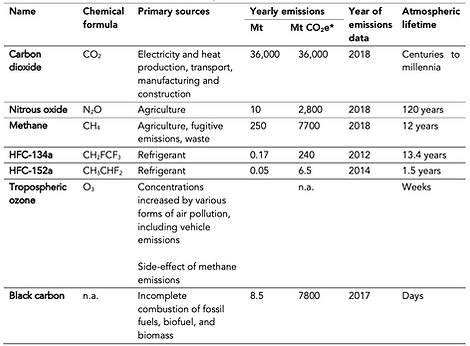
The main SLCPs are more potent than CO2.
Although SLCPs are short-lived, the main SLCPs are many times more potent than CO2 at trapping heat. A common metric for measuring a GHG’s potency is its global warming potential (GWP), which measures the heat absorbed by a GHG compared to the heat absorbed by an equal mass of CO2. GWP is time-dependent, and its subscript denotes the number of years over which its potential is calculated.

SLCP mitigation must be done alongside CO2 mitigation.
Mitigating SLCP should not substitute efforts to drive CO2 emissions to zero. CO2 has a lifetime of up to thousands of years, so CO2 will continue to accumulate in the atmosphere if its emissions are not zeroed out. Early SLCP mitigation will have little impact on peak warming unless this effort is accompanied by ambitious reductions in CO2 emissions (Figure 1). Some have argued that reducing SLCPs will delay when we reach climate tipping points, which are thresholds that will lead to irreversible climate damage when they are exceeded. However, the exact definition of tipping points and when we would reach one remain controversial. Additionally, it seems likely that mitigating SLCPs would only delay when we reach tipping points by a few decades so long as the concentration of atmospheric CO2 continues to rise (Shoemaker et al., 2013). In short, reducing SLCPs without mitigating CO2 would prioritize the current generation (e.g., buy time for climate adaptation) over future generations.
Even though delayed SLCP emissions may have less of an effect on warming than delayed CO2 emissions, it is still necessary to eventually mitigate SLCP emissions. This need for mitigation and flexible timing suggest that research and development (R&D) into mitigating hard-to-abate SLCP emissions could be a promising area to investigate.

Importance
Reducing SLCP emissions now would substantially impact the rate of temperature change over the next few decades because SLCPs are more potent than CO2; if SLCP emissions are allowed to persist, they will continue to cause warming. Notably, the International Energy Agency (IEA) reports that CH4 alone is responsible for 30 percent of the rise in global temperatures since the Industrial Revolution (IEA, 2022). According to the Global Methane Assessment, human-driven CH4 emissions can be reduced by 45 percent by 2030, and this reduction will help keep the world on track for keeping global warming under 1.5°C compared to pre-industrial times (United Nations Environment Programme and Climate and Clean Air Coalition, 2021).
This report primarily focuses on CH4 emissions because it is the most abundant SLCP and is widely considered to be the second most important GHG after CO2. However, it is not the only SLCP that we are interested in. For example, our 2020 and 2021 recommendations included Tradewater, which destroys HFC refrigerants. We are less concerned about black carbon as a climate pollutant because it only lasts in the atmosphere for a matter of days. Additionally, despite black carbon’s high GWP, reducing its atmospheric concentration may not be especially effective in reducing global surface air temperatures (Takemura & Suzuki, 2019). This is likely because heating due to black carbon is quickly compensated for by rapid changes in the atmosphere, such as changes in clouds, precipitation, and relative humidity.
Tractability
There are existing tools for driving SLCP emissions down.
Numerous existing technologies and practices can reduce SLCP emissions, as described in the table below:
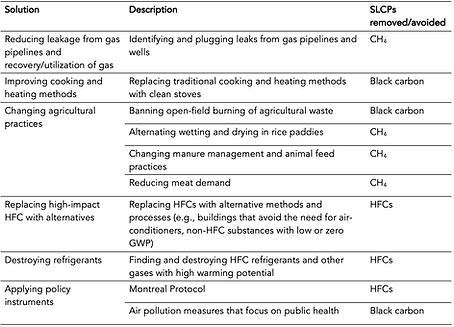
Methane mitigation and removal
Existing technologies can reduce global methane emissions by 57 percent by 2030 (Ocko et al., 2021). Moreover, almost a quarter of these emissions can be eliminated at no net cost.
Plugging CH4 leaks from pipelines and wells is low-hanging fruit.
IEA argued that plans to reduce CH4 should initially focus on oil and gas leaks (IEA, 2021), which contributes to more than a quarter of methane emissions (Ritchie & Roser, 2020). Indeed, mitigating most CH4 emissions from oil and gas production by 2030 is economically feasible (Ocko et al., 2021) (Figure 2).
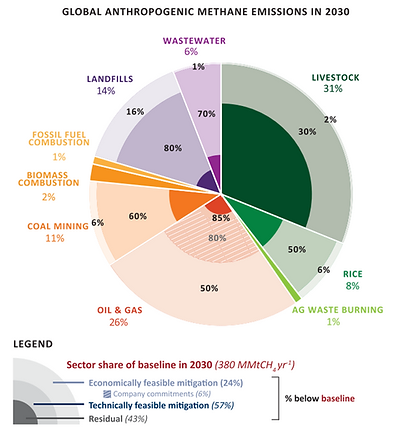
Most livestock emissions remain unsolved.
Even if all CH4 emissions abatement strategies were deployed, there would still be a large residual of unabated livestock emissions in 2030 (Ocko et al., 2021). Livestock emissions will most likely continue to grow because global meat consumption will likely continue rising. The fastest growth in meat consumption will most likely happen in low- and middle-income countries experiencing rising incomes (Blaustein-Rejto & Smith, 2021). Currently, animal products are responsible for 22, 65, and 70 percent of diet-related emissions in lower-middle–, upper-middle–, and high-income countries, respectively (Behrens et al., 2017).
Livestock emissions can be slashed by reducing meat consumption, decreasing ruminant emissions (e.g., cattle, sheep, and goats), and shrinking food waste and loss. Ruminant emissions can be curbed both directly and indirectly. Direct techniques include feeding ruminants additives with methane inhibitors; indirect methods include improving livestock productivity.
Increasing CH4 removal from the atmosphere is challenging.
Natural processes destroy 10 percent of CH4 in the atmosphere every year (Turner et al., 2019). In particular, oxidation breaks CH4 molecules’ covalent bonds, such as when CH4 reacts with chlorine atoms or hydroxyl radicals. Researchers are developing new technologies and practices that could enhance methane removal (Barber, 2022), such as the following:
- Spraying iron salts to draw chlorine atoms out of the ocean air,
- Using thermal towers to suck in air and break down methane through photocatalysis (sunlight and metal catalysts), and
- Trapping methane in zeolite pores and oxidizing the molecules with heat, oxygen, and metal catalysts (Jackson et al., 2019).
However, removing CH4 from the atmosphere is challenging because it is incredibly dilute. Additionally, it would be immensely challenging to scale CH4removal in a way that would compete with natural processes. According to Klaus Lackner, a pioneer in carbon removal technologies, “To substantially enhance natural processes, methane removal units would have to process the entire atmosphere in less than a decade” (Lackner, 2020). He argued that reducing CH4 emissions may be easier than removing CH4 from the atmosphere.
Neglectedness
There has been an international movement towards reducing CH4 emissions.
Numerous countries have pledged to slash CH4 emissions by 30 percent by 2030.
In 2020, more than 30 countries signed onto the Global Methane Pledge, agreeing to cut global methane emissions by at least 30 percent from 2020 levels by 2030 (Friedman, 2021). If successful, this pledge could achieve annual reductions of 145 million metric tons of CH4 (Nesbit, 2021). Using a 100-year GWP value, this is equal to about 4 billion metric tons of CO2-equivalent. The pledge includes nine of the world’s top 20 CH4 polluters but does not include the four heaviest emitters of CH4: China, India, Russia, and Brazil.
The US EPA has made strides towards reducing CH4 leaks from oil and gas production.
In November 2021, the US Environmental Protection Agency (EPA) proposed a new set of CH4 rules that would require oil and gas companies to monitor and address leaks from existing and future wells (US EPA, 2021). This set of rules would cover about 75 percent of all CH4 emissions in the US. However, there may be lengthy delays before these rules are implemented as EPA gathers public comments and opponents launch lawsuits. Additionally, a future president could reverse these rules if a Republican takes the White House.
The oil and gas industry has been involved in reducing CH4 emissions.
The United Nations Environment Programme and the European Commission launched the International Methane Emissions Observatory to coordinate CH4 reduction efforts. The observatory will access estimated emissions inventories from both governments and industries (Nature, 2021).
Funders have pledged hundreds of millions towards reducing CH4 emissions.
Over 20 philanthropic organizations have pledged about $328 million to support reducing CH4 emissions (William + Flora Hewlett Foundation, 2021). Funders involved in this effort will coordinate “methane reduction solutions, providing expertise, financial resources, technical support, and best-in-class data to ensure methane reduction progress and accurate monitoring, verification, and reporting, including in the resource extraction and agriculture sectors.” It is unclear how the foundations will allocate funds towards different causes. Therefore, we cannot tell what aspects of addressing CH4 emissions will be most neglected. However, we suspect that early efforts will focus on the oil and gas industry because there appears to be a broad consensus that plugging leaks is low-hanging fruit for mitigating CH4.
CH4 emissions from livestock may remain neglected.
Efforts like developing animal feed that reduces ruminant emissions are in their early R&D phase. We suspect that research into livestock emissions may be relatively neglected and have room for more funding because it is a less sure bet than reducing emissions from oil and gas leaks. For example, a discussion paper released in November 2021 called for a $100 million investment into multi-year tests of animal feed that would reduce methane production (Searchinger et al., 2021).
Conclusion
Reducing CH4 emissions is important and tractable, but on the whole, it may not be neglected given the significant amount of philanthropic funding pouring into this space. We need further information on the philanthropic landscape for CH4 before we can accurately assess room for more funding. Currently, it seems likely that we should deprioritize investigations into plugging leaks from oil and gas pipelines and wells because that appears to be well-covered ground. However, there may be neglected areas within CH4 reduction, specifically reducing CH4 emissions from ruminants. This could include technological fixes that reduce enteric fermentation, or policy or technology that lead to less meat consumption. We find these pathways promising as areas for philanthropic investment and intend to investigate them further. We also plan on investigating other SLCPs in the future.
Support Our Work
Giving Green Fund
One fund. Global impact. One hundred percent of your gift supports a portfolio of high-impact climate organizations, vetted by our research.
Best for:
Donors who want the simplest way to impact multiple climate solutions.
Top Climate Nonprofits
Meet the organizations on Giving Green’s list of high-impact nonprofits working to decarbonize our future, identified through our rigorous research.
Best for:
Donors who want to give directly and independently.
Support Our Work
We thoroughly research climate initiatives so you can give with confidence. For every $1 we receive, our work unlocks another $21 for effective climate solutions.
Best for:
Donors who want to amplify their impact through research.
.png)
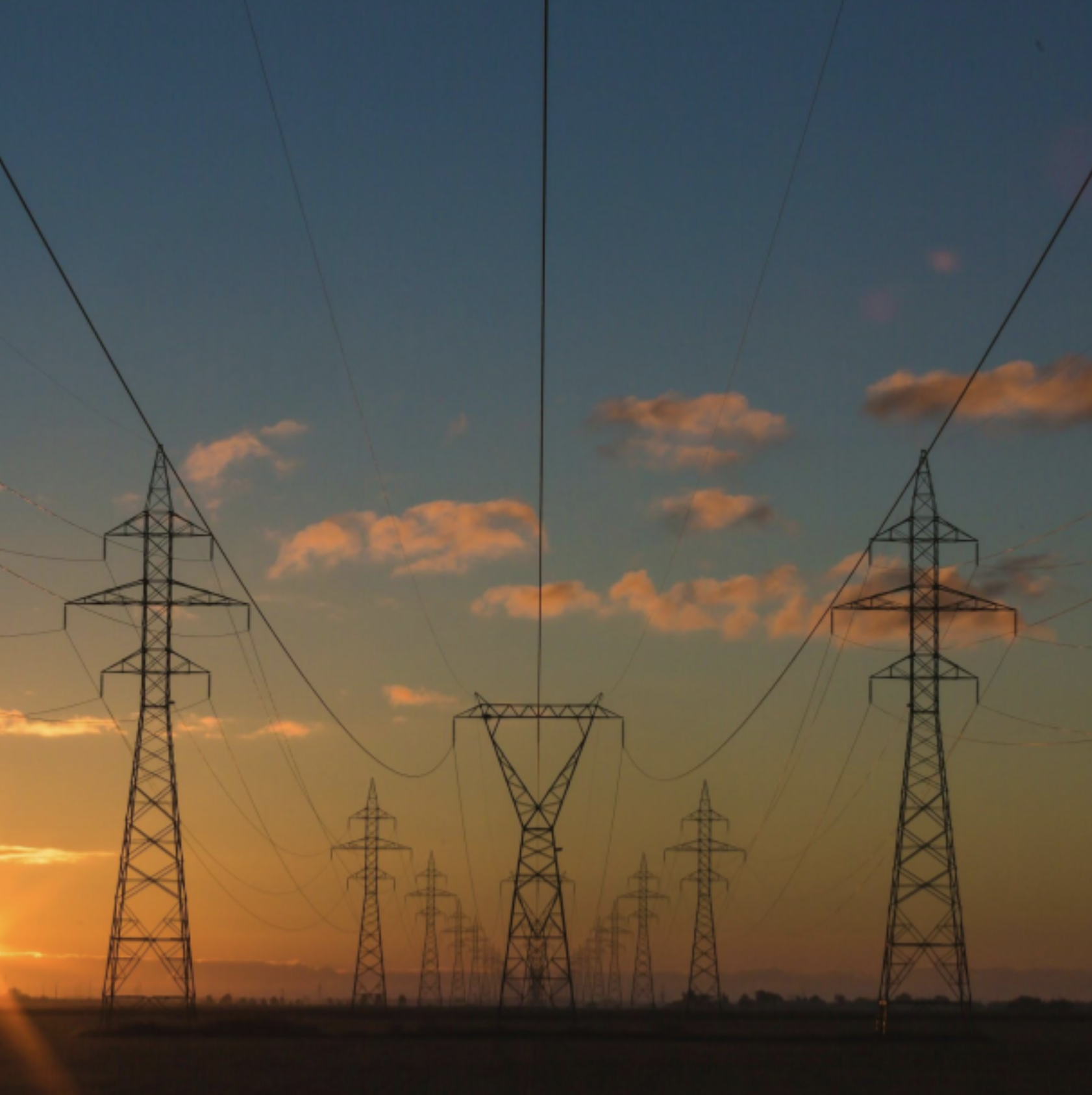

.png)



.png)




.png)
.png)

.png)
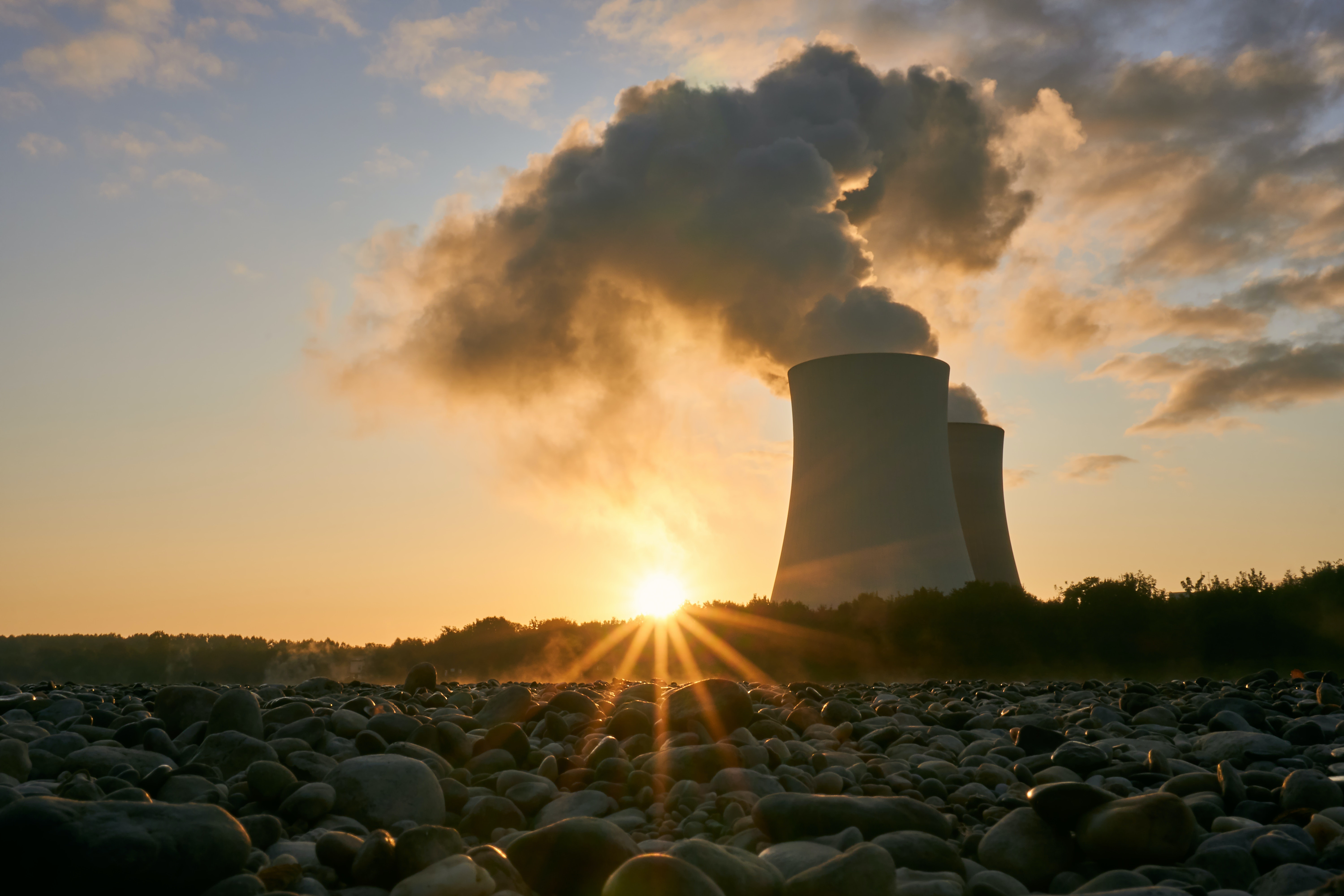
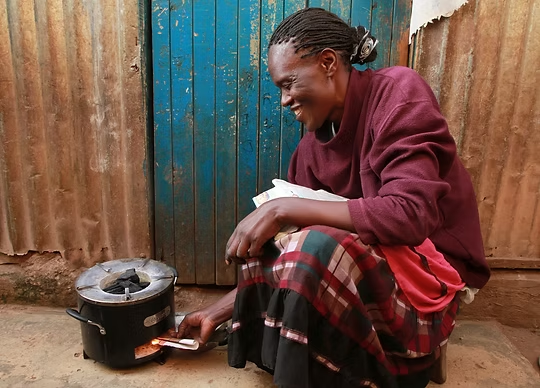
.png)

.png)
.png)
.png)
.png)


.png)
.png)

.png)
.png)

.png)

.png)

.png)
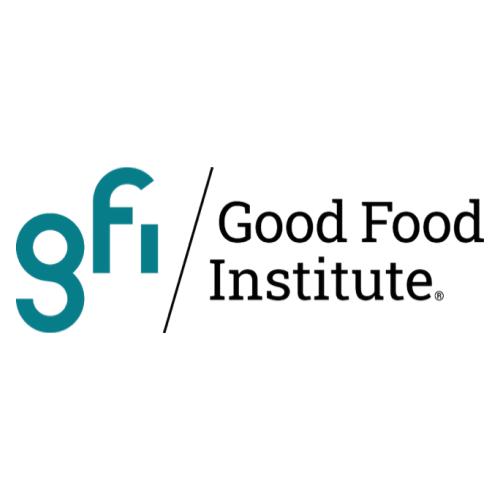





.png)


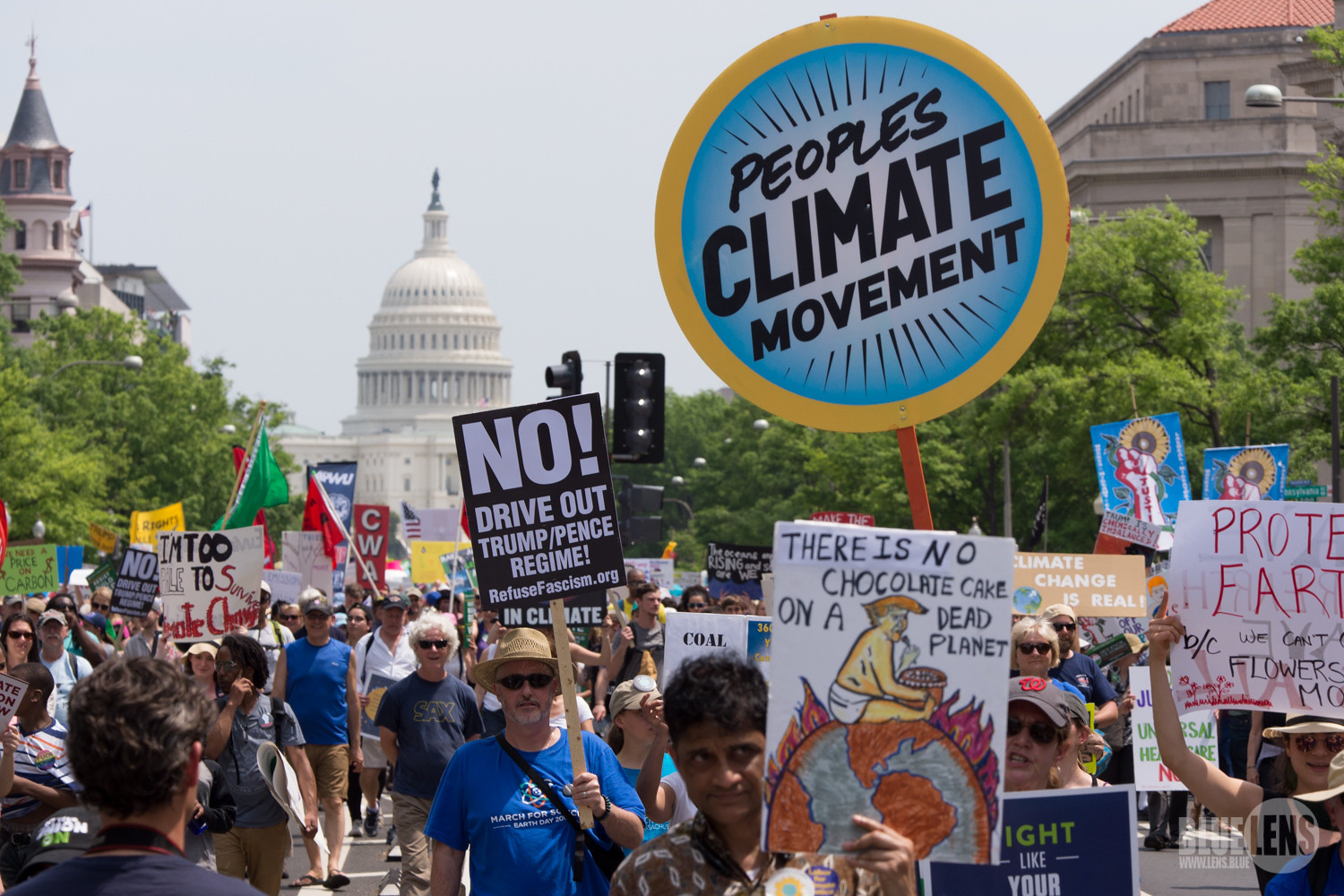

.png)


.png)
.png)


.jpg)


.png)
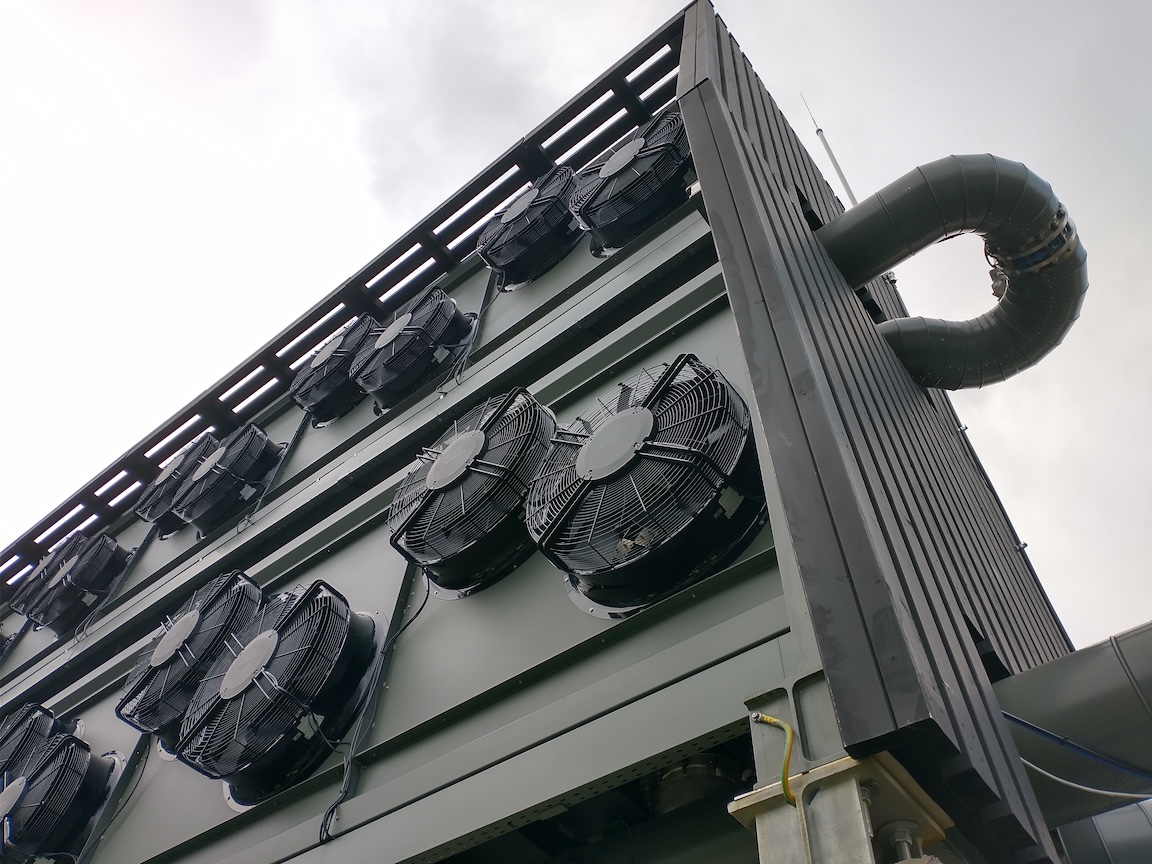



.png)
.jpg)
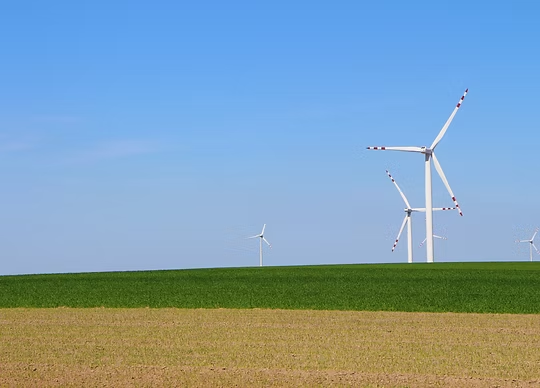






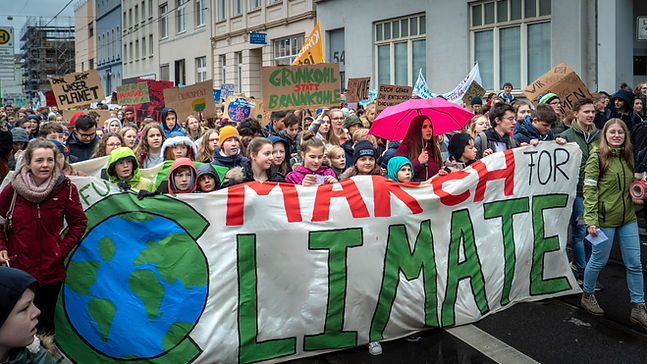


.png)
.png)
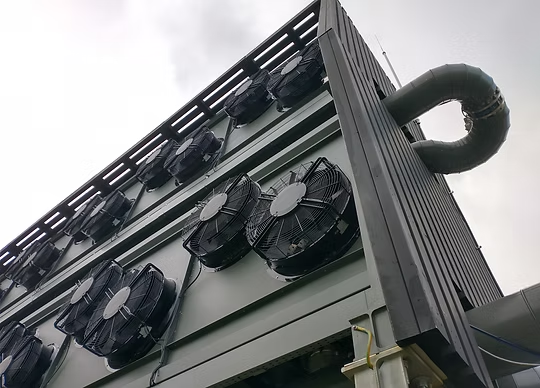

.png)
.png)
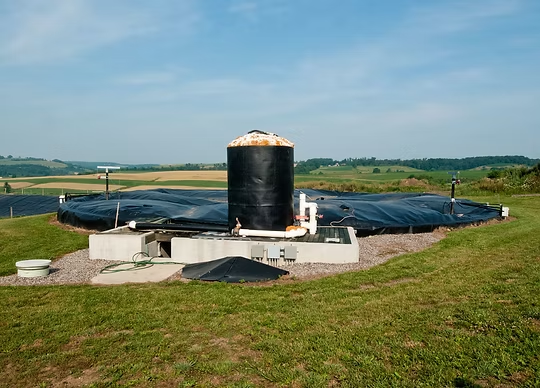


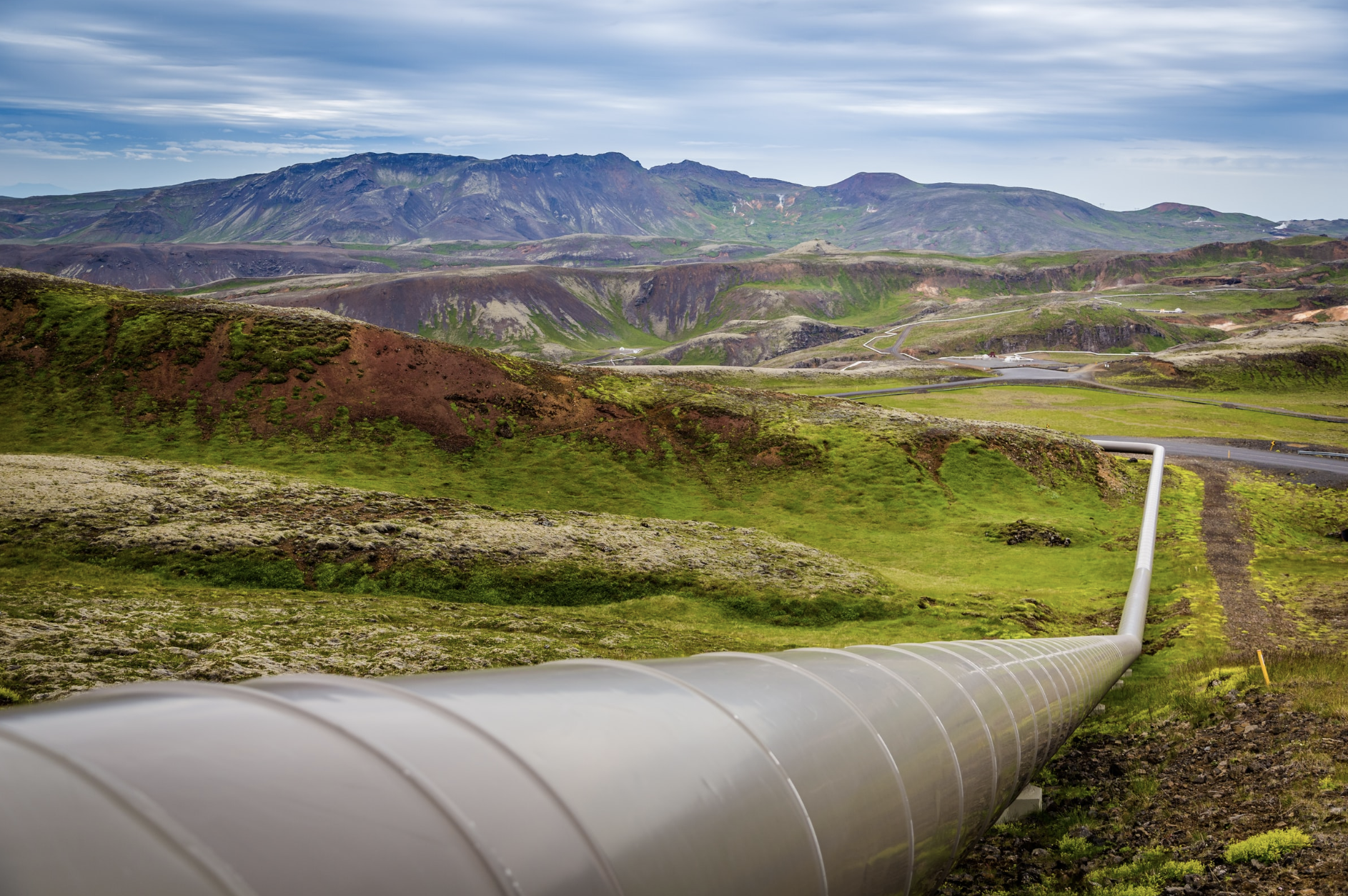
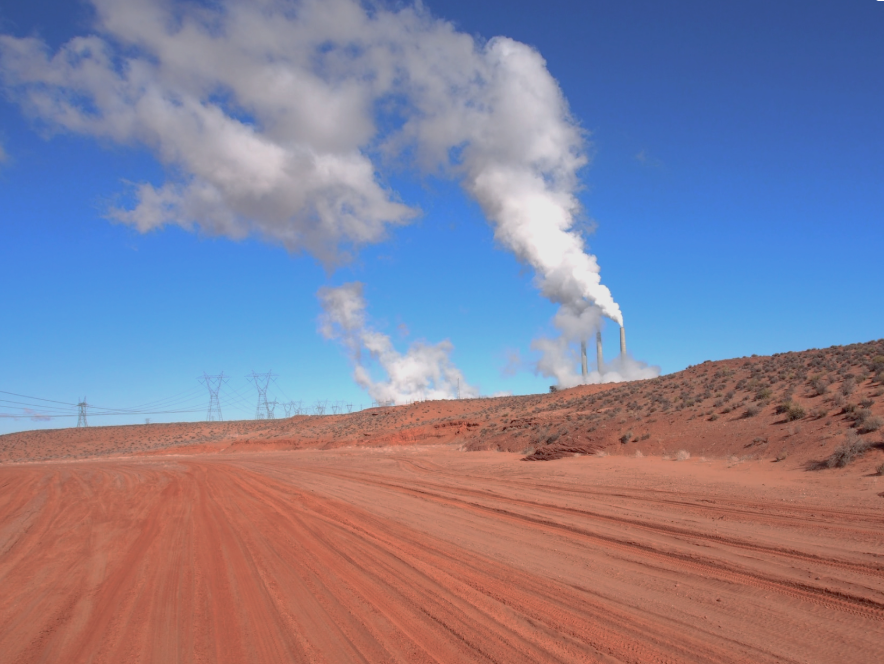

.png)
.png)
